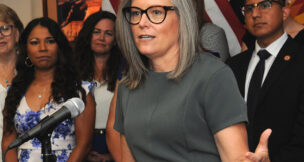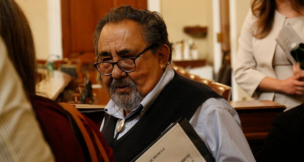A recent history of Arizona’s state budget
The Associated Press//December 20, 2010//[read_meter]
The $2.2 billion shortfall Arizona faces over the next two years didn’t show up overnight, and it isn’t due to a single person, decision or event. State Republicans blame former...

















